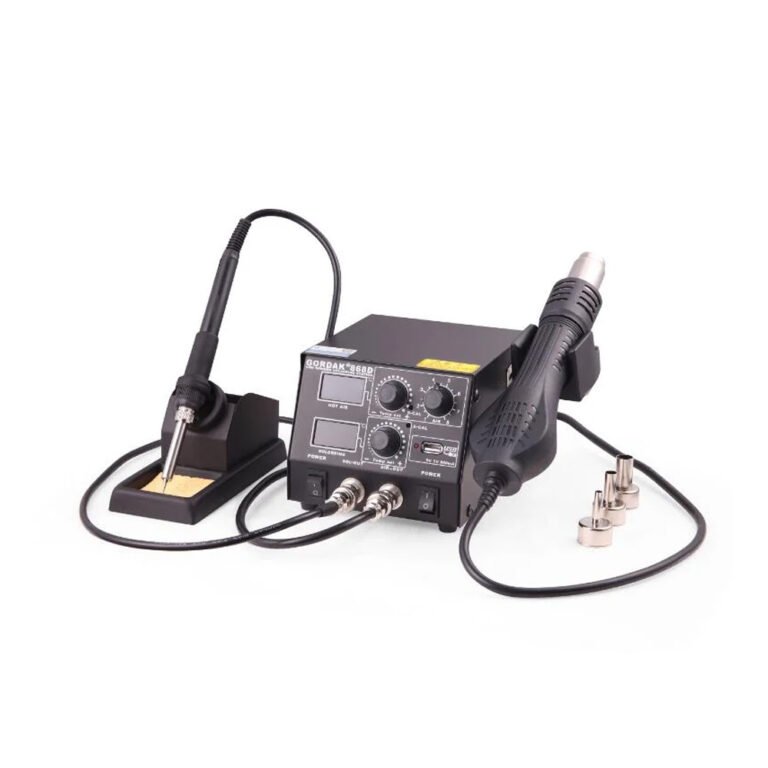There are multiple different types of soldering, and understanding these could help you choose the optimal method and materials for your needs. Fortunately, we’ve outlined some of the main things you need to know about the different types of soldering as follows to ensure you’ve chosen the right soldering material and method overall.
The Different Soldering Materials and Methods
There are three main types of soldering methods, and understanding each of these can help you find the perfect option for your needs. These are as follows:
- Lead-alloy soldering: The first type of soldering is lead-alloy soldering. As the name suggests, this particular type of soldering method is when lead is mixed with alloys; this helps create the necessary tensile strength and melting point. By creating an alloy rather than just using straight lead, the specific properties of the soldering can be more accurately and precisely controlled, depending on the requirements of the soldering. Most often, though, lead-alloy soldering uses a 60/40 tin/lead mix, which helps lower the melting point of the material.
- Lead-free soldering: Another option you could potentially consider is a lead-free solder. It likely comes as no surprise, but lead-free solders do not contain lead, and these are often safer options because lead is a toxic material; depending on where you operate, there may be benefits or incentives associated with lead-free soldering. However, these are often higher in terms of melting point and may come with additional complications such as tin whiskers.
- Flux-core soldering: As a third option, you may want to consider flux-core soldering as part of your decision. These are among the most specialised types of soldering materials, and they are made from wires that contain a reducing agent. The flux is released during the soldering process, which serves to remove oxidised layers and ensure the metal is clean.
In line with the aforementioned types of solders, it’s worth considering that you can also purchase silver alloy solders for your soldering needs. Silver alloy solders can be part of either lead-based or lead-free alloy mixes, depending on the specific requirements of the solder. The ratio of silver in these types of solders can have a significant impact on the properties of the solder overall.
Don’t Forget to Consider the Material and Core Type
The main differentiating factor for soldering is the alloy or material used during soldering. However, you can also define the different types of soldering by core type. Acid core solders feature wires wound around a core of acid-based flux. Alternatively, you could find rosin core solders (which feature a mild rosin flux instead), or solid core solders, where the wires are solid and do not have a hollow core.
Find Out More
If you have been looking to learn more about the different types of soldering irons, today’s handy guide should have helped. However, if you need more help or support with choosing the right soldering process for your needs, contact our experts here at info@gordakelec.com for more support. As experts in the soldering industry, we’ll do our best to help you find the perfect solutions for your own project needs.




